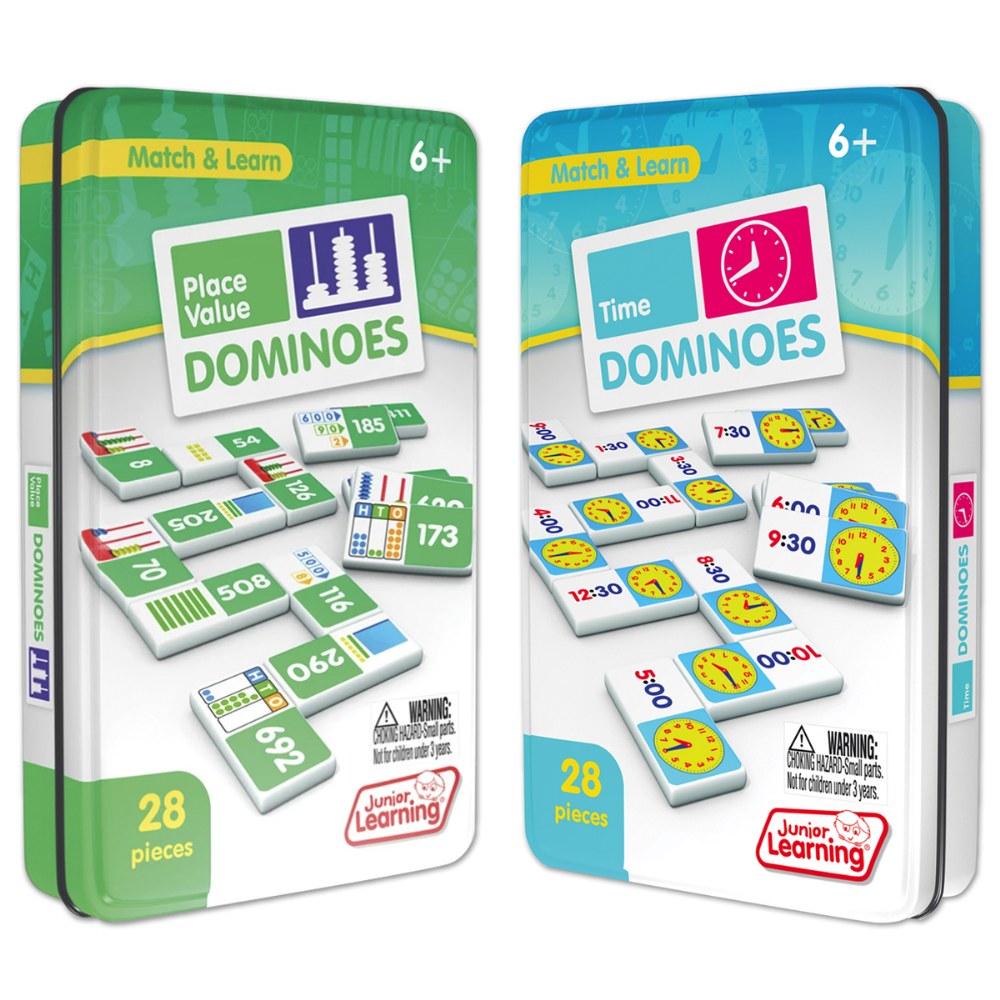

Return (zoom > maxZoomLevel ? (double)maxZoomLevel: (zoom < minZoomLevel ? (double)minZoomLevel: (double)zoom)) Int pixels = mapSize.Width >= mapSize.Height ? mapSize.Height : mapSize.Width //get the shortest dimmension of the mapĭouble k = (double)pixels * 156543.03392 * Math.Cos(latitude * Math.PI / 180) Static double CalculateGMapZoom(Size mapSize, int coverage, double latitude, double distance, int minZoomLevel, int maxZoomLevel) / Distance to show from this point in meters / Latitude where the point to draw is located

/ The size of the control (map size in pixels) The Coolpix B500 is available in a variety of colours and uses AA batteries.
#Zoom math 500 update update
Nikon COOLPIX B500 Firmware Update The Nikon Coolpix B500 is an ultra-zoom bridge camera, with a 40x optical zoom lens, 16-megapixel sensor, 3-inch tilt screen, and built-in NFC, Bluetooth & Wi-Fi. / Zoom map to fit the desired distance from point Nikon COOLPIX B500 Compact Digital Camera.
#Zoom math 500 update code
Use this function in order to get the best zoom based on your current location and a distance to the point (C# code tested with on VS2022 but zoom levels and algorithm are the same for Google): /// Meters_per_pixel = 156543.03392 * s(latLng.lat() * Math.PI / 180) / Math.pow(2, zoom)įormula is from Chris Broadfoot's comment. A formula for calculating the correct scale based on latitude is: Google Maps uses a Mercator projection so the scale varies substantially with latitude. It appears that the extra zoom level available for Static Maps is just an upsampled version of the max-resolution image from the Javascript API. Apply Standard Palette: Spectrum EarthAndSky Fire Seashore Forest Pastel Colors Dark Colors HotAndCold Grayscale Random. Note that these values are for the Google Static Maps API which seems to give one more zoom level than the Javascript API.

Road maps - seem to go up to zoom level 22 everywhere.A 256x256 tile for zoom level 1 enlarges a 128x128 pixel region from zoom level 0.Īs correctly stated by bkaid, the available zoom range depends on where you are looking and the kind of map you are using: Google Maps was built on a 256x256 pixel tile system where zoom level 0 was a 256x256 pixel image of the whole earth. Table.Zoom level 0 is the most zoomed out zoom level available and each integer step in zoom level halves the X and Y extents of the view and doubles the linear resolution. Choose a compatible combination of interaction objects from the following To replace the default interactions, set the Interactions property of the axes to an array of interaction You can replace the default set with a new set of interactions, but youĬannot access or modify any of the interactions in the default set. Or clicking to display data tips, and dragging to pan (in a 2-D view) or rotate (inĪ 3-D view). Most Cartesian axes include interactions for scrolling to zoom, hovering The interactions that are available depend on the contents of Most types of axes include a default set of built-in interactions that correspond A formula for calculating the correct scale based on latitude is: metersperpixel 156543.03392 s (latLng.lat () Math.PI / 180) / Math.pow (2, zoom) Formula is from Chris Broadfoot's comment. Might be disabled for charts that have special features, or when you implementĬertain callbacks such as a WindowScrollWheelFcn callback. Google Maps uses a Mercator projection so the scale varies substantially with latitude.

Sometimes MATLAB ® automatically disables the built-in interactions. The game starts off by drawing a number at random, depending on the proficiency of your participants you can call for a 2 digit, 3 digits, or even a 4 digit number. The disableDefaultInteractivity and enableDefaultInteractivity functions. The Pass On game is a simple and fun math adventure that requires you to be spontaneous and witty at the same time. To control whether a set of built-in interactions is enabled within a chart, use


 0 kommentar(er)
0 kommentar(er)
